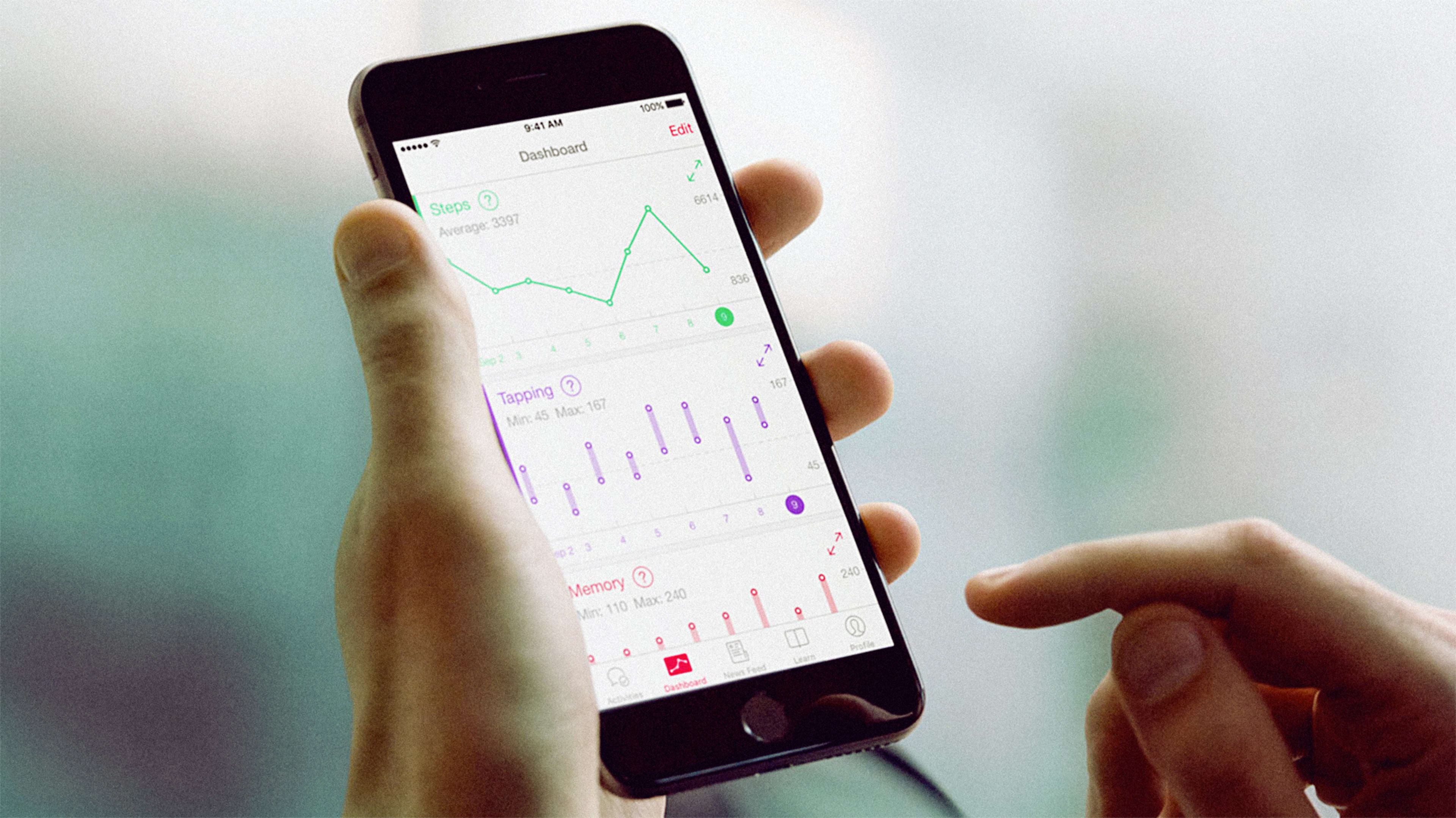It’s been just under a year since Apple launched ResearchKit, its first service for medical researchers to develop iPhone-based studies. These apps are currently being used to study a variety of ailments, including diabetes, breast cancer, asthma, and heart disease.
ResearchKit is an open-source framework that is primarily intended for use by developers at major academic hospitals and universities, such as Mount Sinai, Stanford Children’s Hospital, Harvard University, and Ochsner Medical Center in New Orleans. The goal is to make it cheaper and easier for these researchers to recruit participants for their studies. “Researchers have been able to get infinitely richer data sets than before,” Bud Tribble, vice president of software engineering at Apple, told Fortune magazine back in October of 2015.
On the eve of its major press event, I spoke to developers, entrepreneurs, and researchers to find out whether Apple’s much-hyped ResearchKit has lived up to its promise of revolutionizing medical research.
Attracting Huge Numbers Of Participants
At the six-month mark, Apple announced that 100,000 people had been involved in ResearchKit-enabled studies. That is an impressive figure, given the usual size and scope of research studies. Apple has not yet announced an updated figure, which is likely far higher.
“Most medical researchers are used to physically approaching a patient, asking them to enroll, and doing in-person followups,” says Brandon Ballinger, a developer with a startup called Cardiogram, who has used both Apple’s HealthKit and Alphabet’s rival service, Google Fit. For many researchers, he added, even recruiting 100 patients to a clinical study is a challenging feat.
Why has ResearchKit been so successful in this regard? The mobile aspect does make it easier for people to sign up and share their health data, including step counts, mood, and heart rate. “There was rapid enrollment of many thousands of patients,” says Stephen Friend of Sage Bionetworks, the company behind the mPower Parkinson’s Disease study. Friend said the data collected via ResearchKit poured in “multiple times a day as opposed to monthly or yearly,” which made it particularly useful to study.

Hurdles To Growth?
As ResearchKit moves into its second year, one potential stumbling block to its continued growth is the focus on iOS. That leaves out a huge chunk of the patient population that uses Android hardware, as well as those who lack smartphones. An at-risk Medicaid population of senior citizens might want to get involved with these studies, but lack the necessary high-tech gadgets. “It puts the burden on partners–the developers–to expand beyond Apple’s ecosystem,” says Colin Anawaty from Patient IO, a startup that develops patient-focused apps for hospitals.
Moreover, some critics have pointed out that participants in these mobile-based studies tend to skew young and male. Some of the partners are aware of this, and are taking active steps to ensure a more balanced demographic. According to Nature, Stanford’s ResearchKit app MyHeart Counts is partnering with the Women’s Health Initiative to target female participants. Ballinger says UCSF has targeted female participants by approaching nonprofits and church groups.

Adding New Health Metrics
Apple is constantly adding new biometrics to its HealthKit and ResearchKit services. In response to public pressure from its female users, it recently added period-tracking. That will likely open up new opportunities for mobile-based reproductive health studies.
But the major gap that remains is mental health. Psychiatrists told me back in January that it’s increasingly possible (though not yet definitively proven) for patients and their caregivers to track the symptoms of depression and anxiety using a smartphone. Through ResearchKit, researchers could explore whether a variety of data sources–smartphone usage, self-reported mood, heart rate, and other biometrics–are indicative of a variety of mental health disorders.
Going forward, I’m expecting to see Apple’s ResearchKit team focus more of its efforts on mental health studies. Already, it is taking some tentative steps into the space. One of its CareKit partners, Iodine, is working to help patients understand if their antidepressants are working for them or not.

Lack Of Apps?
Apple’s ResearchKit counts 25 academic and research institutions among its partners (it started with just five). My prediction is that will continue to expand its base of partners in the coming year, but slowly.
As Ballinger explains, one of the major problems is that few medical researchers can code. What that means is that the researchers need to have the budget and resources to hire an app development team. “You need a decent-sized budget and expertise to build an app” that leverages ResearchKit, he explained.
Ballinger suggests that Apple’s ResearchKit team could get involved in helping forge partnerships between medical research groups and startups. “I do think we’ll need to see new types of hybrid organizations—research groups with software skills, or software startups with skill clinical research—to make the most of mobile data in medical research,” he said.
Recognize your company's culture of innovation by applying to this year's Best Workplaces for Innovators Awards before the extended deadline, April 12.
